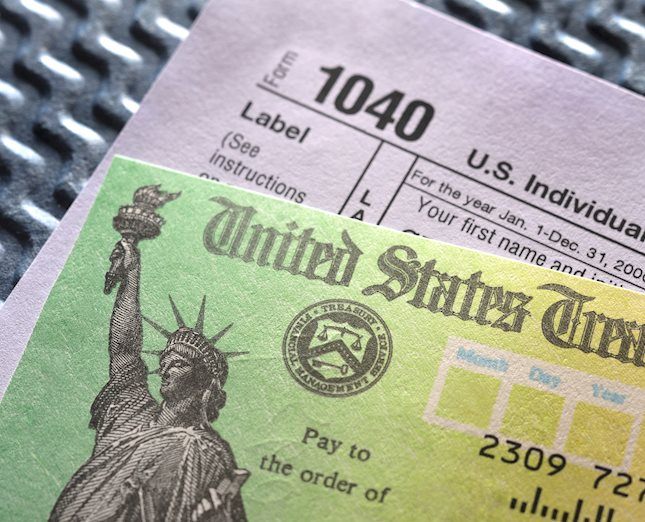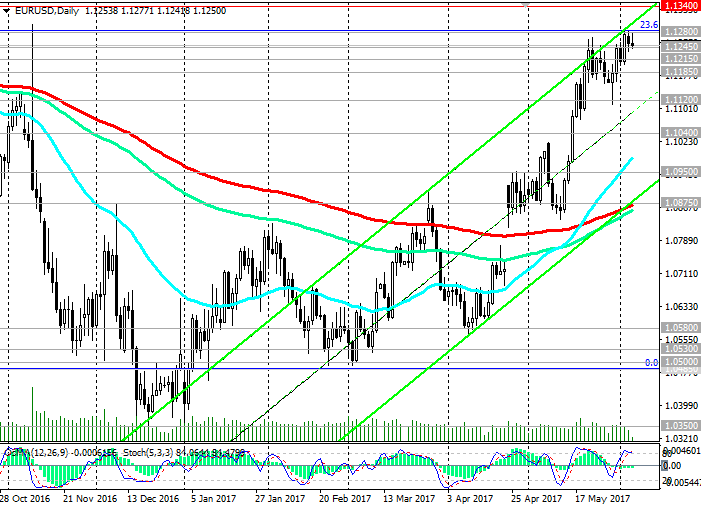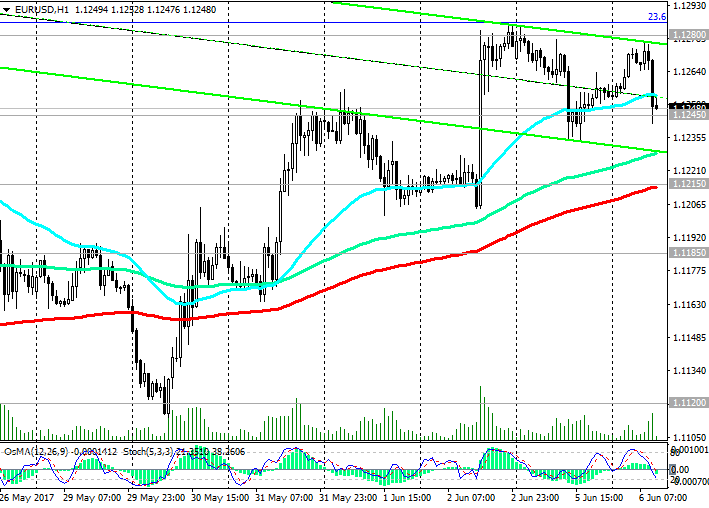The dollar continues to decline in the foreign exchange market. Disappointing data from the labor market in the US, published last Friday, the political uncertainty surrounding the US president put pressure on the dollar. The yield of 10-year US Treasuries on the background of the resumption of their active purchases from investors has been steadily declining, falling to the level of 2.1%, the lows since November 10. The decrease in bond yields puts pressure on the US dollar.
The index of the dollar WSJ, which reflects the value of the US dollar against the basket of 16 other currencies, has declined by 0.2%, to 88.16. Thus, the index of the dollar WSJ approached the levels where it was before the victory of Donald Trump in the November 8 elections, having lost almost all the achievements in growth.
Yesterday, the US published a mixed macroeconomic statistics, which added more questions than the answers before the Fed meeting on June 13-14.
Thus, the ISM business activity index in the US services sector fell in May to 56.9 (against the forecast of 57.0 and the value of 57.5 in April). In general, the indicator above 50 indicates a stable state of this sector of the economy; however, its relative decrease negatively affects the quotations of the dollar.
Despite the fact that investors continue to assess the probability of a June rate hike in the US higher than 90%, the dollar remains under pressure.
Nevertheless, since the beginning of the week, the dollar has been rising against the euro. The euro also declines in crosses to other major currencies. On Thursday, the ECB will hold a regular meeting on monetary policy, and on the eve of this meeting, investors prefer to go into safe assets - yen, gold. It is expected that the ECB will leave unchanged the current monetary policy.
The upcoming parliamentary elections in the UK, scheduled for June 8, apparently also put pressure on the euro through the cross-pair EUR/GBP.
Nevertheless, the pair EUR/USD remains positive, staying within the upward channel on the daily chart and near the important resistance level 1.1280 (Fibonacci level of 23.8% corrective growth from the lows reached in February 2015 in the latest wave of global decline of the pair with level 1.3900).
Back to consideration of short positions on the EUR/USD pair is possible only after consolidating the pair below the short-term support level 1.1215 (200-period moving average on the 1-hour chart).
Nevertheless, the technical indicators on the 1-hour, 4-hour charts turned to short positions, signaling while for a short-term downward correction for the pair EUR/USD. The immediate goal of this correction is level 1.1215.
Support levels: 1.1245, 1.1215, 1.1185, 1.1155, 1.1120, 1.1100, 1.1020, 1.1000, 1.0950, 1.0875
Resistance levels: 1.1280, 1.1340
Trading recommendations
Sell Stop 1.1230. Stop-Loss 1.1285. Take-Profit 1.1215, 1.1185, 1.1155, 1.1120, 1.1100, 1.1020, 1.1000, 1.0950, 1.0875
Buy Stop 1.1285. Stop-Loss 1.1230. Take-Profit 1.1300, 1.1340, 1.1400
EURUSD Current Trading Positions
Note: All information on this page is subject to change. The use of this website constitutes acceptance of our user agreement. Please read our privacy policy and legal disclaimer. Opinions expressed at FXstreet.com are those of the individual authors and do not necessarily represent the opinion of FXstreet.com or its management. Risk Disclosure: Trading foreign exchange on margin carries a high level of risk, and may not be suitable for all investors. The high degree of leverage can work against you as well as for you. Before deciding to invest in foreign exchange you should carefully consider your investment objectives, level of experience, and risk appetite. The possibility exists that you could sustain a loss of some or all of your initial investment and therefore you should not invest money that you cannot afford to lose. You should be aware of all the risks associated with foreign exchange trading, and seek advice from an independent financial advisor if you have any doubts.
Recommended Content
Editors’ Picks

EUR/USD clings to strong daily gains near 1.0400
EUR/USD remains on track to post strong gains despite retreating from the session high it set above 1.0430. The positive shift in risk mood, as reflected by the bullish action seen in Wall Street, forces the US Dollar to stay on the back foot and helps the pair hold its ground.

GBP/USD surges above 1.2500 as risk flows dominate
GBP/USD extends its recovery from the multi-month low it set in the previous week and trades above 1.2500. The improving market sentiment on easing concerns over Trump tariffs fuelling inflation makes it difficult for the US Dollar (USD) to find demand and allows the pair to stretch higher.

Gold firmer above $2,630
Gold benefits from the broad-based US Dollar weakness and recovers above $2,630 after falling to a daily low below $2,620 in the early American session on Monday. Meanwhile, the benchmark 10-year US Treasury bond yield holds above 4.6%, limiting XAU/USD upside.

Bitcoin Price Forecast: Reclaims the $99K mark
Bitcoin (BTC) trades in green at around $99,200 on Monday after recovering almost 5% in the previous week. A 10xResearch report suggests BTC could approach its all-time high (ATH) of $108,353 ahead of Trump’s inauguration.

Five fundamentals for the week: Nonfarm Payrolls to keep traders on edge in first full week of 2025 Premium
Did the US economy enjoy a strong finish to 2024? That is the question in the first full week of trading in 2025. The all-important NFP stand out, but a look at the Federal Reserve and the Chinese economy is also of interest.

Best Forex Brokers with Low Spreads
VERIFIED Low spreads are crucial for reducing trading costs. Explore top Forex brokers offering competitive spreads and high leverage. Compare options for EUR/USD, GBP/USD, USD/JPY, and Gold.

